VVS1 Diamond Clarity Rating – The Almost “Perfect” Grade
Watch the video to see how a VVS1 diamond engagement ring looks like in real life.
The term VVS stands for “very very slightly included” and it represents the top-tier grades in the diamond clarity scale. VVS1 diamonds are extremely clean and they are as close to perfect as you can get.
In order for a diamond to be graded as a VVS1, the diamond can only have minute inclusions which are very difficult for a skilled gemologist to see under 10X magnification. Typically, the inclusions found in the VVS1 grade are microscopic pinpoints, needles, naturals or internal graining.
For a VVS1 diamond, these microscopic inclusions are only detectable from the pavilion view (bottom of diamond) under high magnification. So, unless you have a pair of super bionic eyes, there is NO way your naked eyes can pick these inclusions up from a face up view.
VVS1 Diamond Engagement Ring – A Quick Review
If you haven’t yet, make sure you watch the video at the top of the article to see how a well-cut VVS1 diamond looks like in real life. Also, I recommend that you check out the full details of the AGS graded diamond and scrutinize the video listing for yourself.
The setting used is a simple 6 prong Tiffany styled solitaire design and you can click here to view more info. Here are a couple more photographs of the solitaire ring upclose and on my wife’s hands.
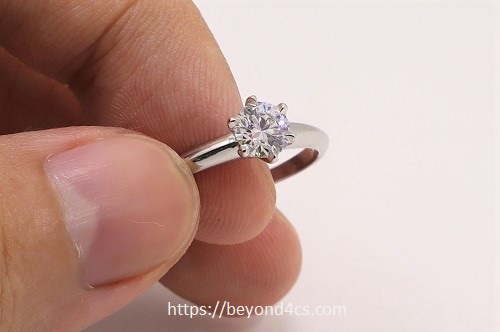
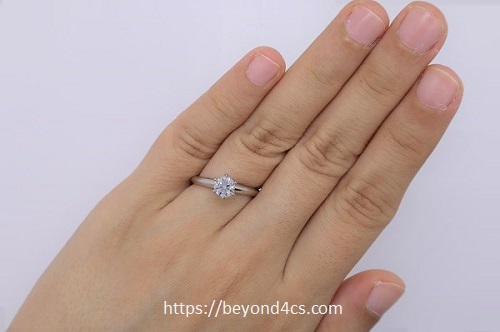
More Examples of Very Very Slightly Included 1 (VVS1) Diamonds
To give you a better idea of how VVS1 diamonds look like in real life, I’ve included a couple more examples below for you to check out. So, do click on the images below and use the HD video listing to interact with the diamonds for yourself.
Can you see any inclusions in the loose diamonds under a highly magnified view?
I am very sure you can’t.
This is because the diamonds are photographed in the face up view. Even at 40X magnification, an untrained eye probably can’t make out the inclusions by using references from the clarity plot. As a matter of fact, if there were dust particles on the diamond, they would be more visible than the inclusions themselves.
Question: Should You Buy Diamonds in This Clarity Grade?
Well, that really depends on your own preferences. For some people, the VVS1 grade is very desirable as they are near-perfect diamonds. For many others, a VVS1 diamond is often considered an overkill for consumer jewelry.
As a matter of fact, most diamonds above a VS2 clarity rating won’t have inclusions visible to the naked eye. When they are cut well and carefully selected, lower clarity diamonds can look just as good as those in the premium range.
The thing you need to know about buying VVS1 diamonds is that they command very high prices because they are very close to perfection in terms of “purity”. However, that premium doesn’t necessarily translate to a better looking stone.
Ultimately, a diamond’s appearance and sparkle is largely dependent on its cut quality and facet proportions.
Does a VVS1 Rating Make a Diamond More Beautiful or Sparkle Better?
The answer is a big fat NO. I will reemphasize here that a diamond with better clarity does not necessarily equate to better sparkle. Let’s do a comparison of a VVS1 diamond versus a VS2 diamond to prove my point.
Feel free to click on the images above to see full details of each diamond.
To the naked eye, both diamonds will look eyeclean and this means you will never see any inclusions without a loupe. Even though the VVS1 diamond is more expensive compared to the VS2 diamond, the optical performance between these 2 diamonds is a night and day contrast.
In a side by side comparison, the diamond on the right is going to be more appealing because of its better cut quality. The point I want to bring across here is that CUT quality is the primary factor that affects the beauty of a diamond.
Now, don’t get me wrong. I have nothing against VVS1 diamonds. If you are in the market for one, it’s really up to your personal preference. Just make sure you never compromise Cut at the expense of a “high” clarity rating.
Related Articles
Leave A Comment

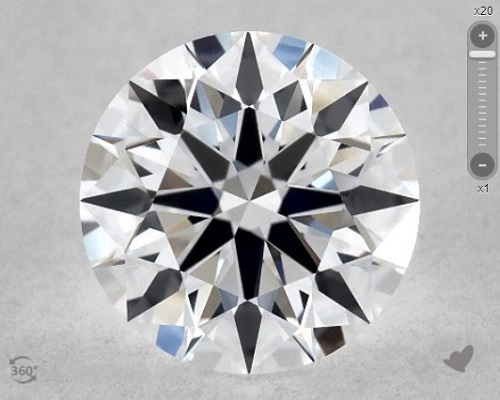
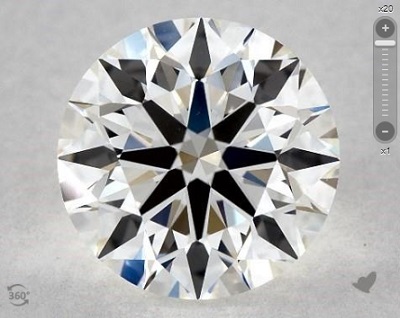
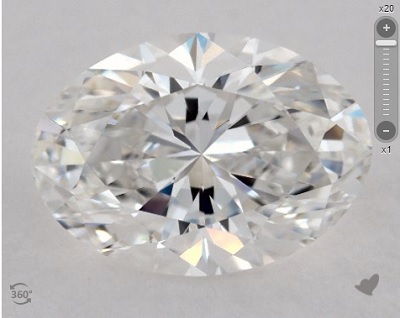
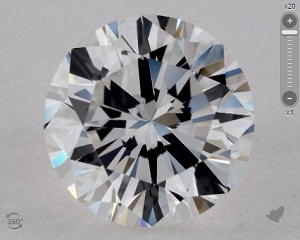
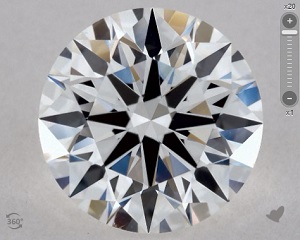
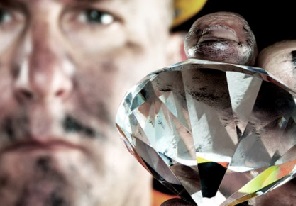
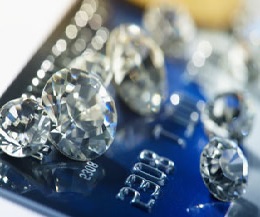
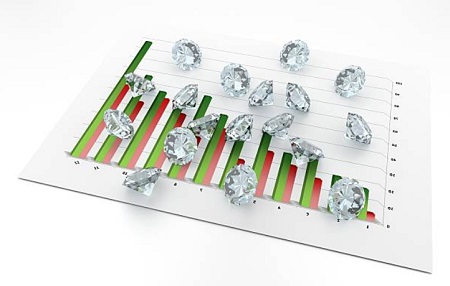
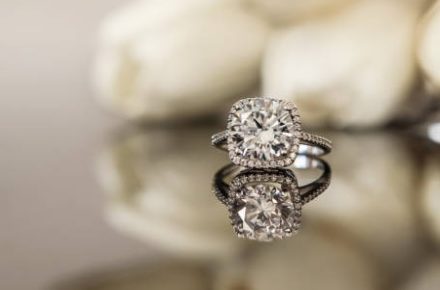









4 Comments
With fancy shapes like heart cut diamonds, sometimes it makes sense to go higher up to VVS1 ratings because of limited selections. I’ve detailed this rational in the write up here: https://beyond4cs.com/clarity/what-is-vvs-diamond/
Here’s an example of a well cut heart shaped diamond that happen to have a VVS1 grade:
When there are no other alternatives and you cannot afford to wait, it would be OK to pull the trigger on a VVS diamond.
Would it be better to get a diamond or larger size and lower color or another one with a smaller size and a higher color?
I have a 10k budget to work with and am considering a GIA D VVS1 excellent cut diamond.
It really depends on personal preferences. VVS1 diamonds offer rarity at a premium price. I don’t want to instill bias here but if I were to buy a diamond, I would prefer to get a larger stone with a lower color rating (e.g. a G color). If you are shopping for a $10,000 engagement ring, this write up here should interest you as well.
If you are more of a purist, then it would make sense to get a higher clarity diamond with minute impurities.
Thanks for the informative post about clarity. I have seen included diamonds which don’t show any impurities / marks to the naked eye but only upon examination. Clarity majorly affects the price of a diamond.